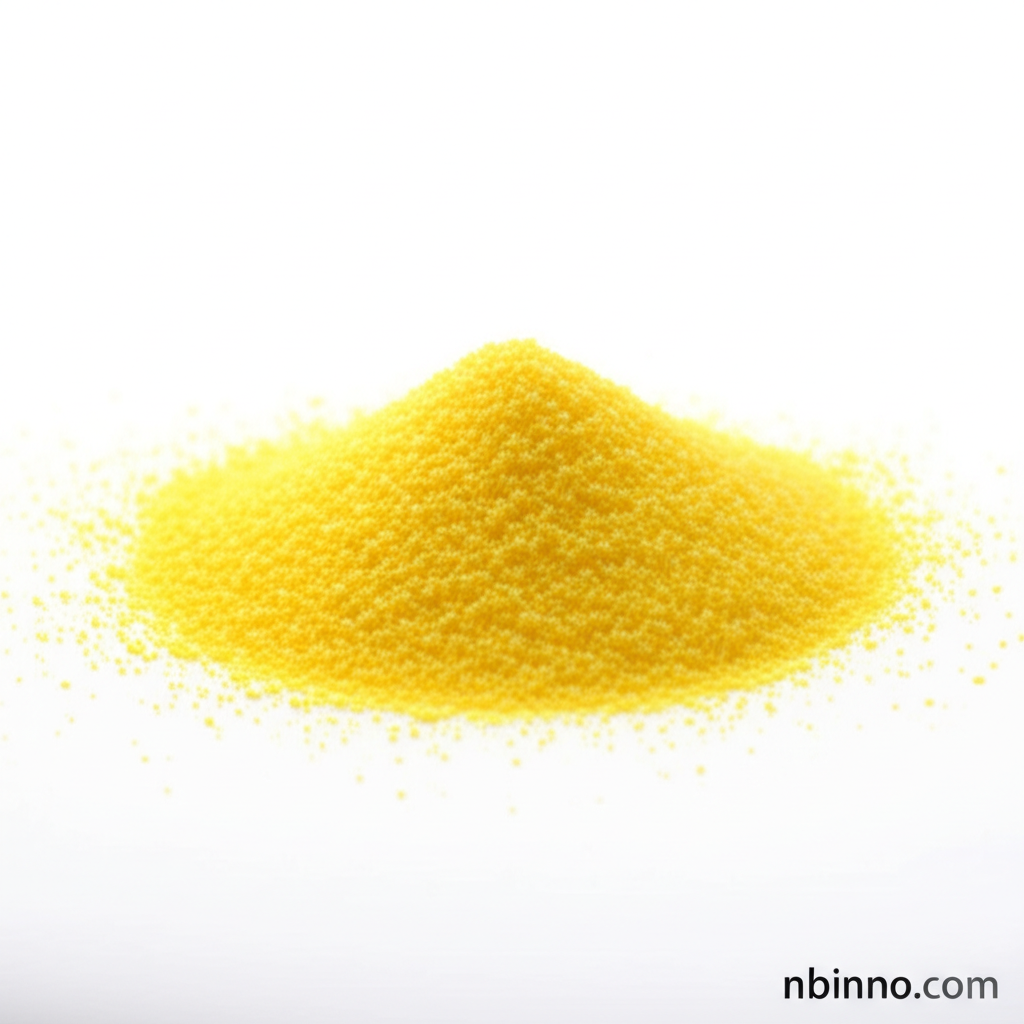2,6-Dimethyl-4-heptanone: A Versatile Solvent and Chemical Intermediate
Explore the extensive industrial applications and unique properties of this crucial chemical compound.
Get a Quote & SampleProduct Core Value

2,6-Dimethyl-4-heptanone
2,6-Dimethyl-4-heptanone, also known as diisobutyl ketone (DIBK), is a versatile chemical compound with significant industrial applications. Its unique solvent properties and role as a key intermediate make it invaluable across various sectors.
- The utility of 2,6-Dimethyl-4-heptanone as a coating solvent is well-established, offering excellent solvency for a range of synthetic resins, contributing to improved flow and leveling in formulations.
- Discover how diisobutyl ketone solvent properties make it an ideal dispersant for organosol type resins, enhancing the stability and application of coating systems.
- Leverage 2,6-Dimethyl-4-heptanone as a critical chemical intermediate for dyes and pharmaceuticals, playing a vital role in the synthesis pathways of numerous complex molecules.
- Explore the application of 2,6-Dimethyl-4-heptanone as an extraction solvent for atomic absorption spectrometry, enabling precise determination of trace metals in aqueous samples.
Advantages Offered by 2,6-Dimethyl-4-heptanone
Excellent Solvency for Coatings
The broad solvency spectrum for resins like nitrocellulose, alkyds, and acrylics positions 2,6-Dimethyl-4-heptanone as a premier choice for high-performance coatings, ensuring smooth finishes and optimal film formation.
Key Role in Chemical Synthesis
As a vital chemical intermediate for dyes and pharmaceuticals, this compound facilitates the creation of essential products, highlighting its importance in the fine chemical industry.
Efficient Extraction Capabilities
The use of 2,6-Dimethyl-4-heptanone as an extraction solvent for atomic absorption spectrometry allows for accurate analysis of trace elements, crucial for environmental monitoring and quality control processes.
Key Applications
Coatings Industry
Utilized as a solvent in lacquers, synthetic resins, and stains, contributing to desirable flow and leveling properties, often used to improve flow and minimize humidity blushing.
Printing and Ink Formulations
Its properties make it suitable for use in printing and coating inks, aiding in viscosity reduction and surface tension management for high-solids coatings.
Chemical Synthesis
Serves as an important intermediate in the preparation of inhibitors, active pharmaceutical ingredients, and dyes, demonstrating its broad applicability in organic synthesis.
Laboratory Analysis
Acts as an extraction solvent for the determination of trace metals in aqueous samples using plasma atomic emission spectrometry, and in the antigerminative treatment of bulbs and tubers.
